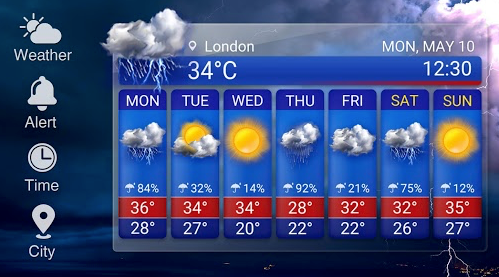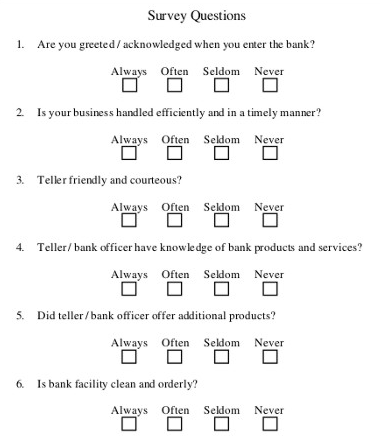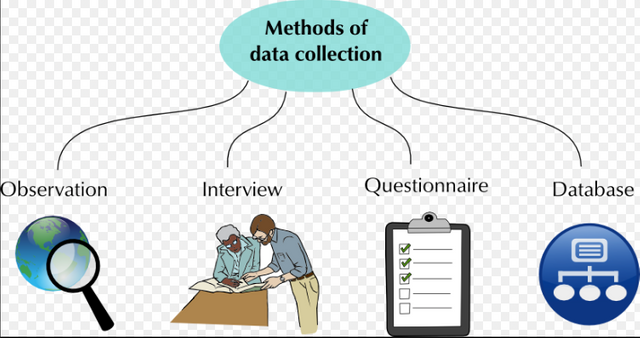Data - Lesson 1 - Collecting Data
Collect, Organize and summarize data
During the following lessons we are going to look at data, how to collect, organize and summarize data.
- Lesson 1 - Collecting data
- Lesson 2 - Organizing data
- Lesson 3 - Summarizing data
Collecting data:
Data is information or facts about things or people. All around us there are many sources of data, for example in newspapers or magazines, the television or on the internet.

Weather reports are data that has been collected by meteorologists. The weather reports are useful if we want to know what weather conditions to expect.
In a class, an example of data can be a class list. The class list has all the learners names of a specific class. This class list can be used to write down the learners marks, or to see who is absent. All these examples are also data.
Sometimes we can collect data on our own. If we need to collect data, we need information and to capture all the information, we need to decide how we are going to do it. The population is the whole group of people that we are going to study.
Now, using the whole population is impossible, so we are only going to use a sample. A sample is a smaller part of the people being examined.
Using a questionnaire, will help us to collect data about a certain situation.

When setting up a questionnaire, make sure you keep the following points in mind:
- Ask questions which will give useful information. For example: "Do you have a favorite subject?" will either be "yes" or "no", this does not tell you about the subject people like.
- Don't make question too open ended. For example: "What is your favorite subject?" you may get answers like language, maths etc. but you could also get answers that other people don't give. In this case it is better to limit the answers to a few choices (multiple choice), like Maths, Language, Science and Other. Other is an option for the respondent that does not like any of the options given..
- Make sure the questions aren't insulting or personal, like "are you overweight?". People might find this hurtful.
- Other questions can be difficult to answer honestly. Questions like, "have you ever cheated on a test", "have you ever copied homework from someone" or "have you ever smoked a cigarette".
- Make sure the questions asked in the questionnaire are appropriate for your sample. If you ask your learners about how many people there are in the world or what their parents' budget is, they may not know the answers.
Key words learners should know before we can move on to the next lesson:
Data: Facts or information about things or people
Population: People living in a particular area or country
Sample: A small part or amount of something that is examined
Questionnaire: A list of questions that you want to ask to get data about a situation


It is so important for studetns to not only learn to collect data but to collect it properly. The more valid the data is then the more reliable the information will be. The next step is teaching them how to understand and use the data.
Data quality is an important issue indeed. It is also important to obtained data/responses that are unbiased. Obtained unbiased/accurate/precise data is very difficult to do though.
This part is important. Those who understand this have improved their critical thinking skills. (Examples: Percentages are misleading, where's the sample size?)